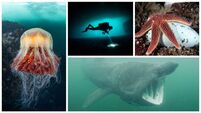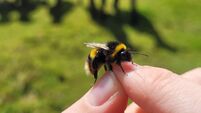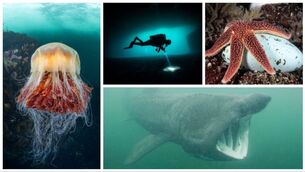Richard Collins: Are we finally going to do right by the 'right whale'?
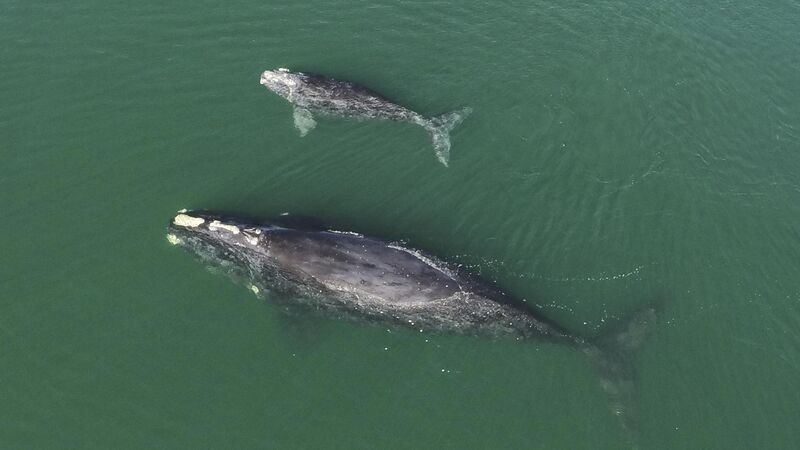
North Atlantic right whale mother and calf in waters near Wassaw Island, Georgia. File picture: Georgia Department of Natural Resources/NOAA Permit #20556 via AP)
A ‘right’ whale was seen recently in McSwynes Bay, County Donegal ( , July 18, 2024), the first such sighting since 1911. There are recent records also from Norway and the Azores.
The fortunes of great whales have improved since the whaling moratorium was implemented in 1985:
- Bowhead grey and humpback whales have prospered.
- The blue whale — the largest animal ever to have lived — is still classified as ‘endangered’ by the IUCN, but its numbers are increasing slowly.
- The ‘critically endangered’ North Atlantic right whale, however, remains in trouble but do the recent sightings offer a glimmer of hope?
This, almost all black, fat 'king' or 'queen' of the sea is a cartoonist’s dream. The circumference of its body reaches 60% of its length and the head is a third of body length. The mouth is enormous and can’t even be closed fully. Lice, making their homes in its barnacle-encrusted pelt, are unique to the species. Females, bigger than males, weigh up to 80 tonnes. Their tongues tip the scales at one and a half tonnes. There is no dorsal fin, which is why this whale swims slowly, but the flippers and tail flukes are huge.
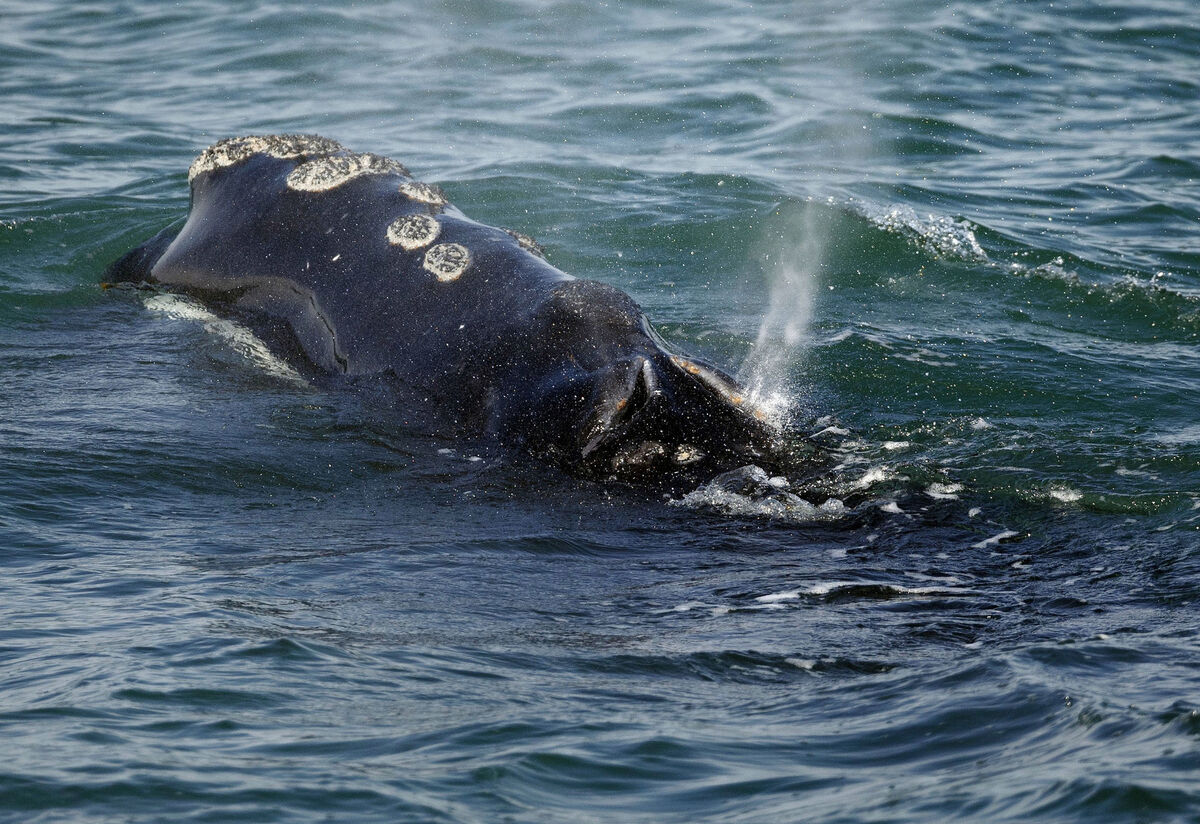
Baleen whales have two ‘blow’ holes. The right whale’s noisy ‘blow’ forms a ‘V’ rising to a height of five metres. Whereas other baleen whales are slim and fast, the right whale is a slowcoach. Jasconius, on whose back Brendan the Navigator celebrated Mass, must have been a right whale.
Its laid-back disposition not only inspired the right whale’s name, it brought the species to the verge of extinction. By 1,000AD, Norse hunters were exploiting its friendly disposition and, by the 12th century, Basque whalers had joined in the slaughter. Sailors could approach and harpoon the trusting giants from relatively small boats. Being full of oil, the carcases floated and could be towed to shore. This was, indeed, the ‘right’ whale to catch. Decline soon set in... only 18 right whales were landed at the Inishkea whaling station in Mayo 150 years ago.
Oddly, considering its rarity, this is the only baleen whale which most Irish people ever see.
South Africa has become a popular tourist destination. Hermanus, a coastal town on the Western Cape, draws not only whales and whale watchers, it has become a sightseeing Mecca. The leviathans there are mostly southern right whales, close relatives of the North Atlantic species. They visit the safe sheltered bay there to mate and breed.
The town even employs a ‘whale crier’, who blows a horn made from kelp to alert visitors to the presence of a whale. The great beasts venture in under low cliffs, affording excellent views of them from the shore.
But is there a glimmer of hope that the species is ‘on the mend’?
A North Atlantic Right Whale Consortium report, released last month, says that there are 384 of these leviathans alive today... an increase of eight on the previous year. Numbers have risen by 7% since 2020.
But a new threat looms. These slow-moving giants are being run down by ships. With the melting of the Arctic ice, ship traffic is increasing relentlessly. It seems unlikely that Achill Island and the Mullet peninsula will become Hermanus-style whale-watching locations any time soon though.




